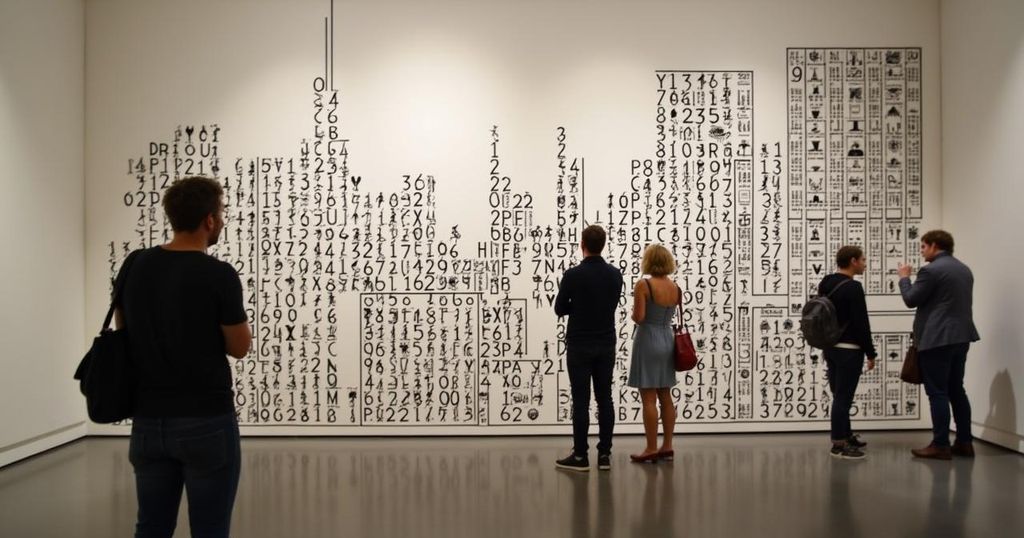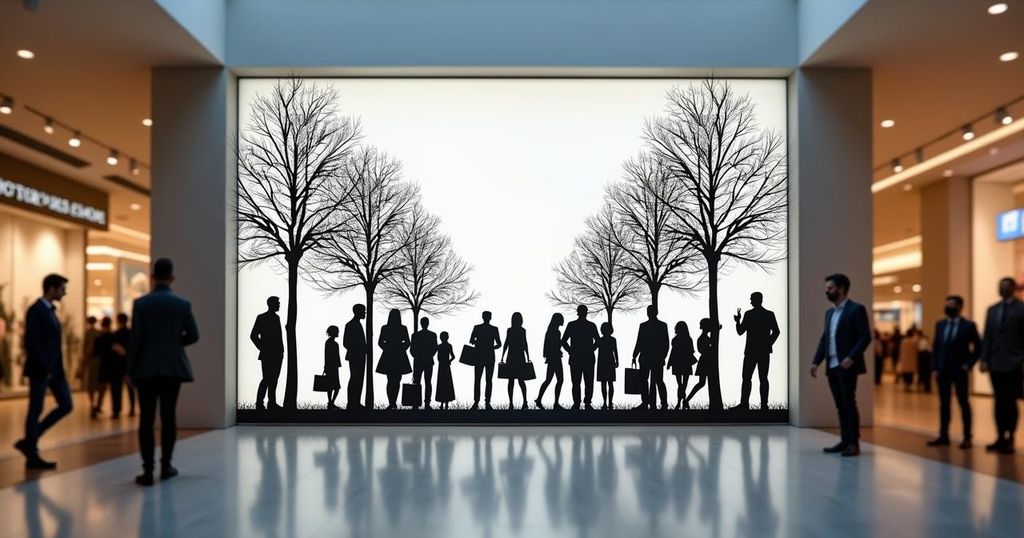A display of life-size replicas of famous artworks by Caravaggio, Turner, and Michelangelo is on view at Angel Place shopping centre in Bridgwater, celebrating the National Gallery’s 200th anniversary. The digital reproductions, created through advanced scanning techniques, are complemented by creative workshops from National Gallery educators. The free exhibition runs until 7 October and has been positively received by visitors.
Bridgwater shopping centre is currently showcasing life-size replicas of renowned artworks. This exhibit features digital reproductions of masterpieces by celebrated artists such as Caravaggio, Turner, and Michelangelo, part of the National Gallery’s 200th anniversary celebrations. The project is a collaboration between the National Gallery and the Somerset arts organisation Seed, with Director Scott O’Hara noting the high-quality scanning process that ensures authenticity. The artworks are displayed at their original sizes, complete with replica frames, representing a value of around £65 million. Alongside the exhibition, Alex Bowie, an artist educator for the National Gallery, has facilitated creative workshops in the area to enhance community engagement with art. The free event has resonated well with locals, providing an accessible opportunity to experience fine art without needing to travel to London. The exhibition is set to run until 7 October.
The display in Bridgwater marks the bicentennial of the National Gallery in London, reflecting its long-standing commitment to making art accessible to wider audiences across the UK. The exhibition signifies a shift where art institutions aim to connect with communities outside metropolitan areas, utilising digital technology to reproduce artworks accurately. This initiative not only promotes cultural engagement but also fosters local artistic expression through workshops led by professionals from the National Gallery.
The Bridgwater exhibition serves as a successful model of community-focused art outreach, allowing local residents to experience high-value artworks in their vicinity. By bridging the gap between national institutions and local communities, projects like this highlight the importance of accessibility in the arts.
Original Source: www.bbc.com







